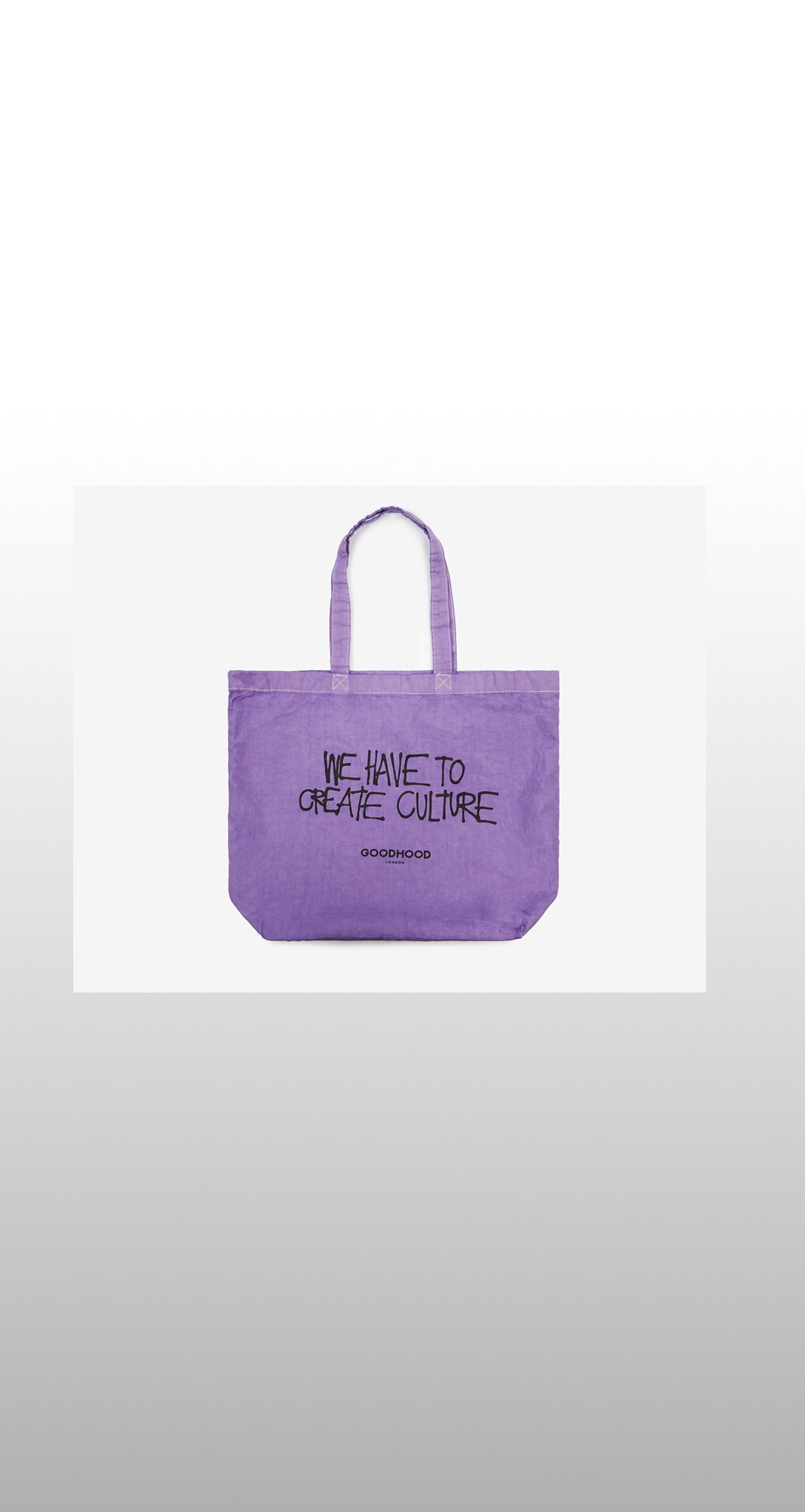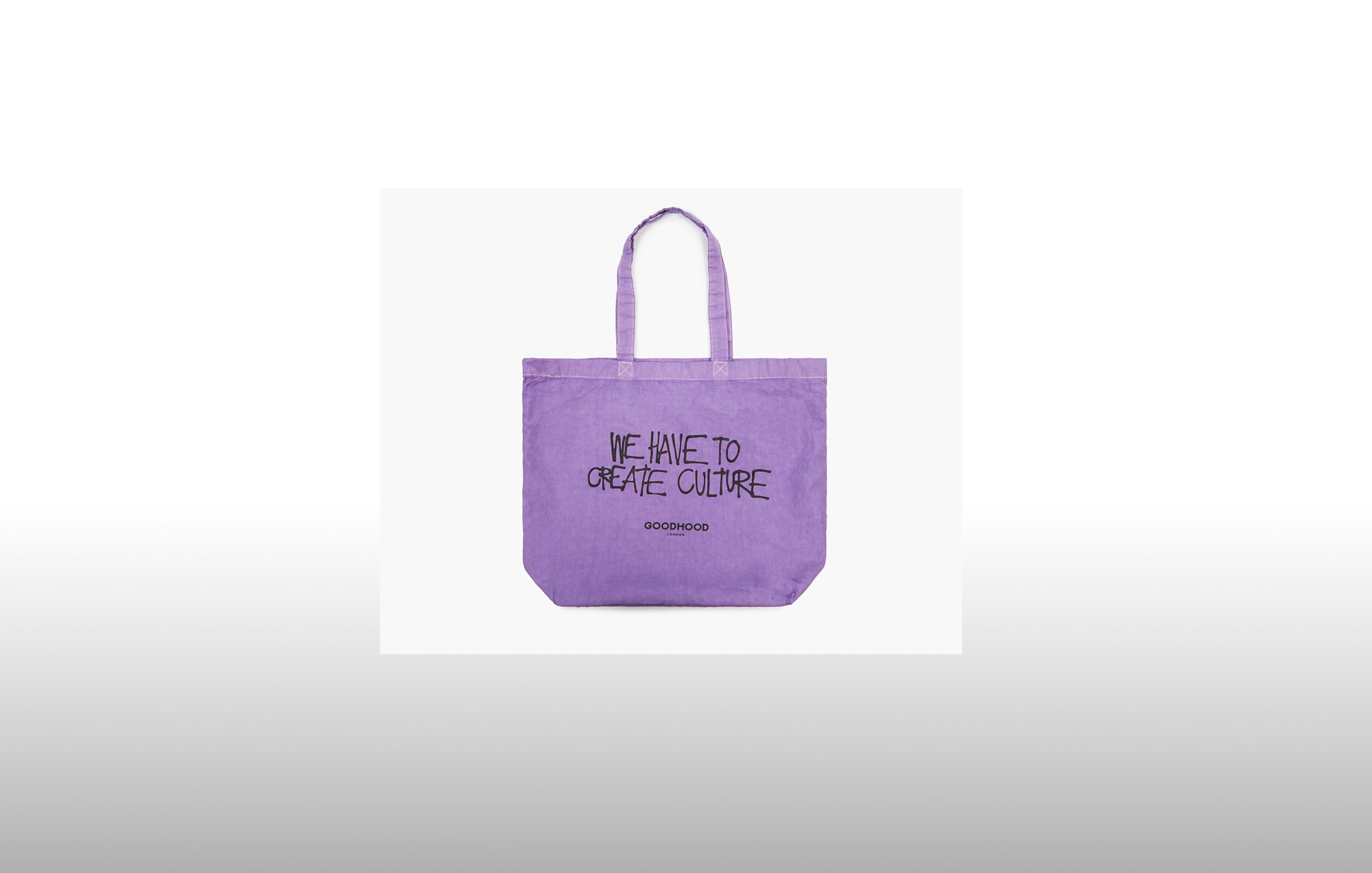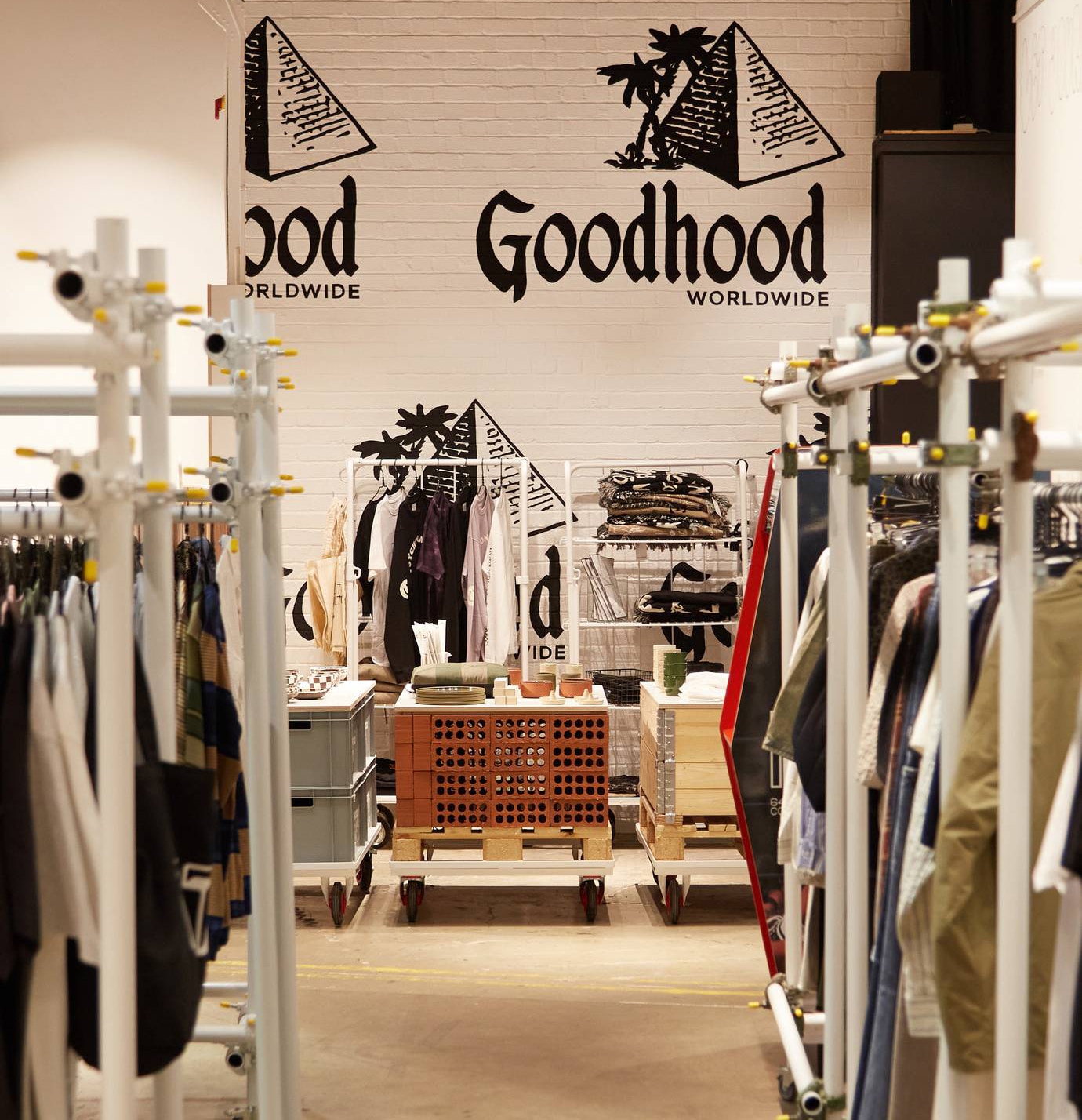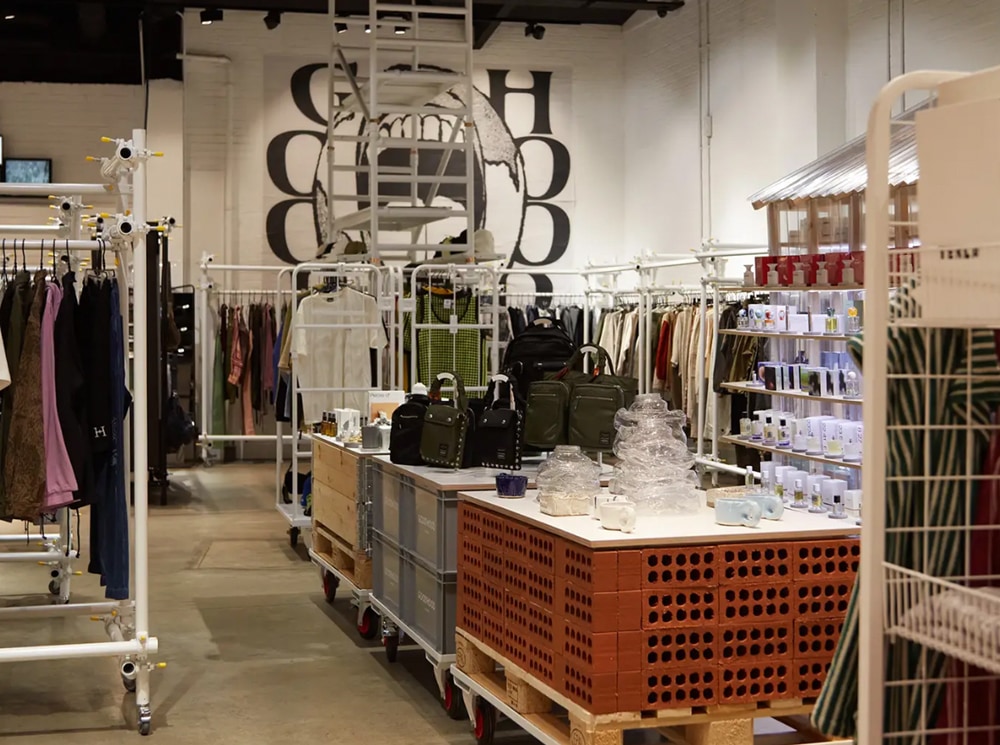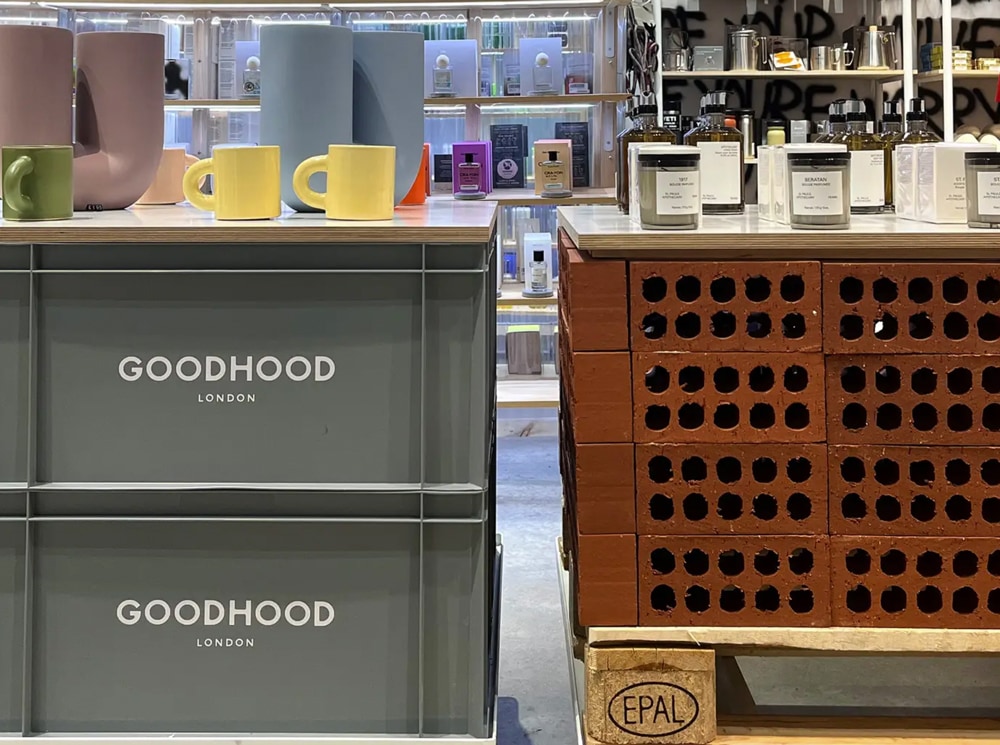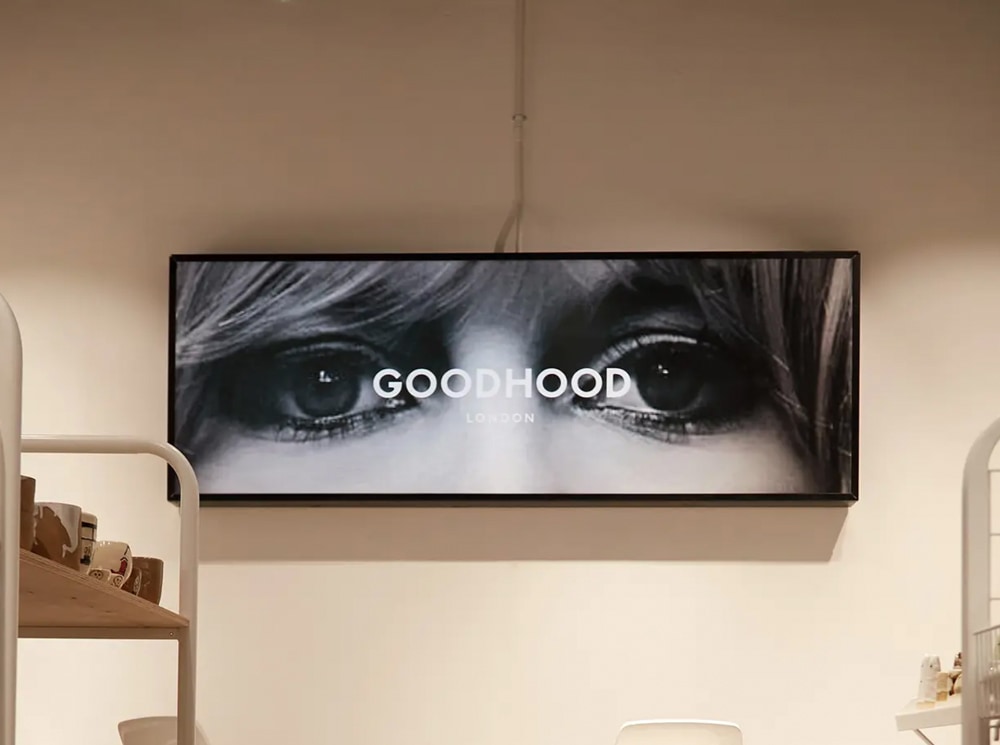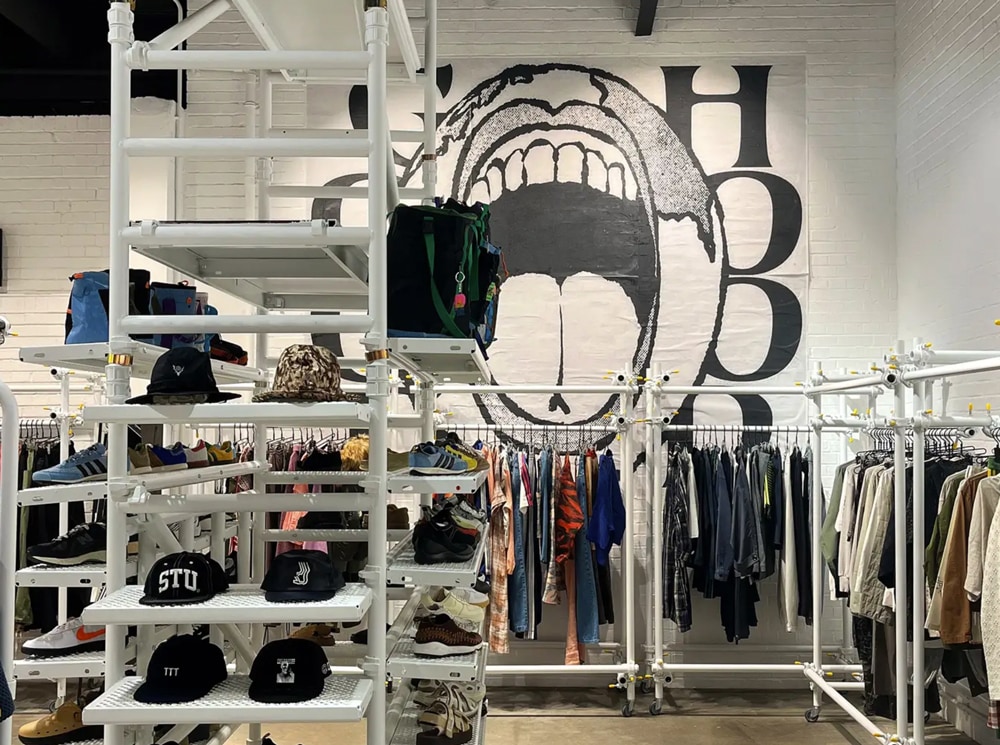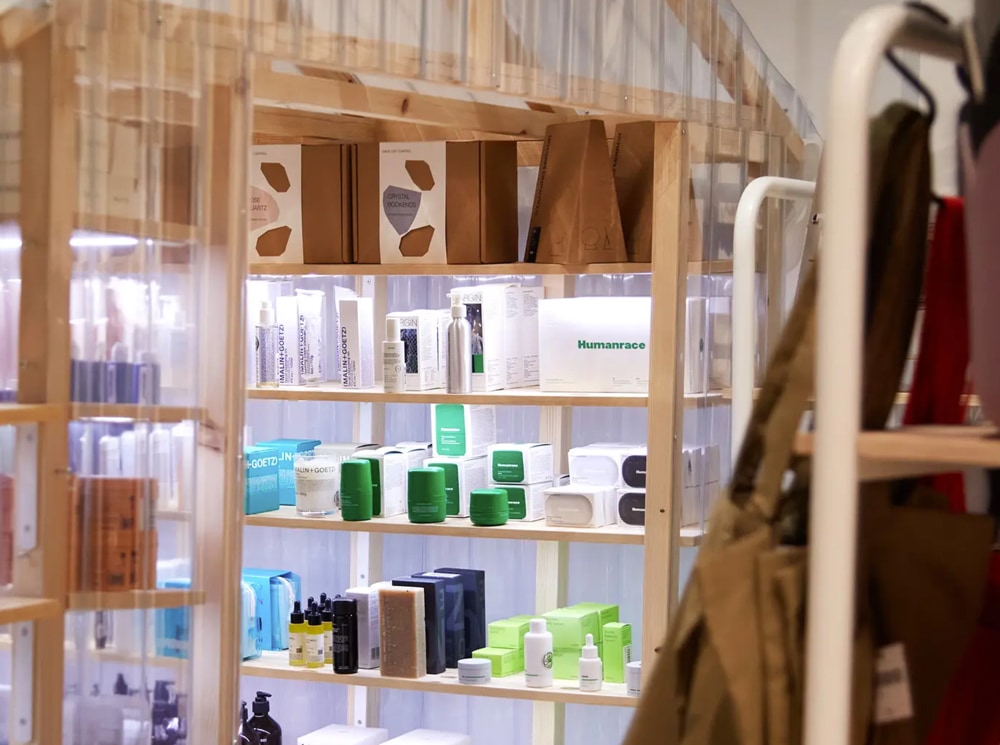TH: We’ve got a real opportunity with our new space. Coming from Dover Street Market, my philosophy has been that you give your key brands a space to play around with, give them some freedom to test things out, and explore what they can offer to our community. Having more space equals more freedom and potential to explore ideas and build relationships.
And so firstly, we want to have fun with our brands and work with them in a more engaging way. We want to be a complete lifestyle store, like the ones you get in Japan – like Tokyo Hands – where they’re showcasing what they believe is the best in every category, not just fashion or product. We already work with some amazing partners who we believe are the best at what they do. Like Strange Paradise Records, who have really quickly become an iconic East London record store, and who were thrilled to be on board in joining us in our new space. Artwords bookshop too.
We’ll be able to showcase what we think is the best in interior design, or we can give away a huge space to someone new… there’s a whole world of opportunities when everything can be modular in both space and mindset, things can come and go.
We’ll have a whole terrace at the back, so if someone wants to put a load of skate ramps in there, if someone wants to put a music stage out there, if someone just wants to do some food… it gives us more opportunities to do things in a more meaningful way. We won’t just showcase these ideas digitally through content, we’ll be able to bring them to life.
It won’t just be a shop, it will be a hub where you can come down and get a drink and some food, hang out with friends and maybe discover something new. This idea of inviting people to hang out with us is really exciting to me.
That’s the main reason why we’re moving to the new store but secondly, I do think the world is really bored of online retail. It’s all about how much money you can spend on Google, on ads, undercutting people, SEO, PPC, conversion and tactics, how to give people quicker checkout or 10% if you sign up to our newsletter, there’s just little discounts everywhere. It’s a whole different mindset.
I’m sure it will always continue to exist and people will do it well and they’ll be the ones that survive this cultural shift. But, at Goodhood, we want to really focus on physical retail and for the website to be supplementary to the physical business. Because personally, we believe in our community actually coming down and living the physical retail experience. That’s how we see the future to be in a new area which is a much more vibrant, positive area of town. We want to make it easy for our customers to come in and visit, to join us and have that relationship.
